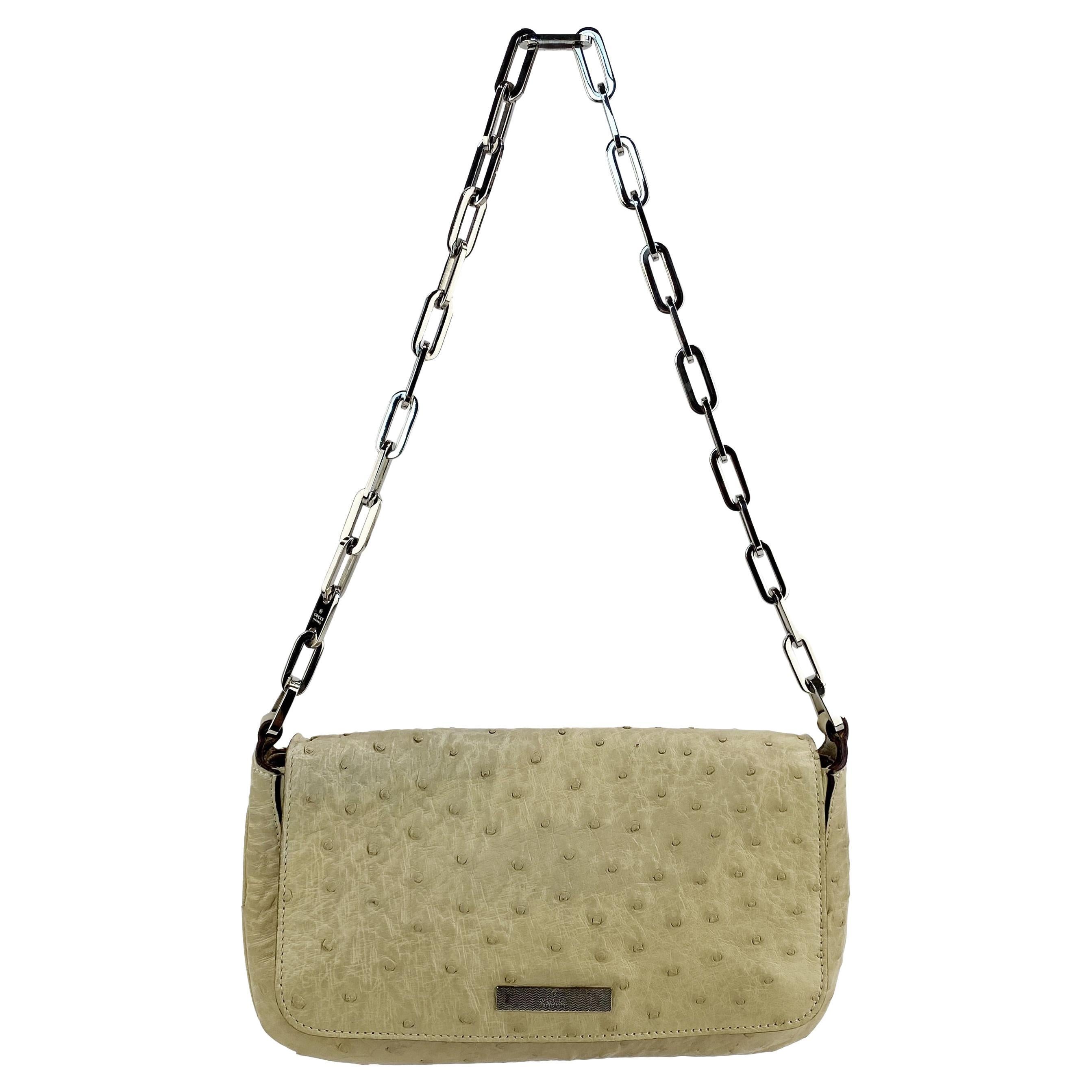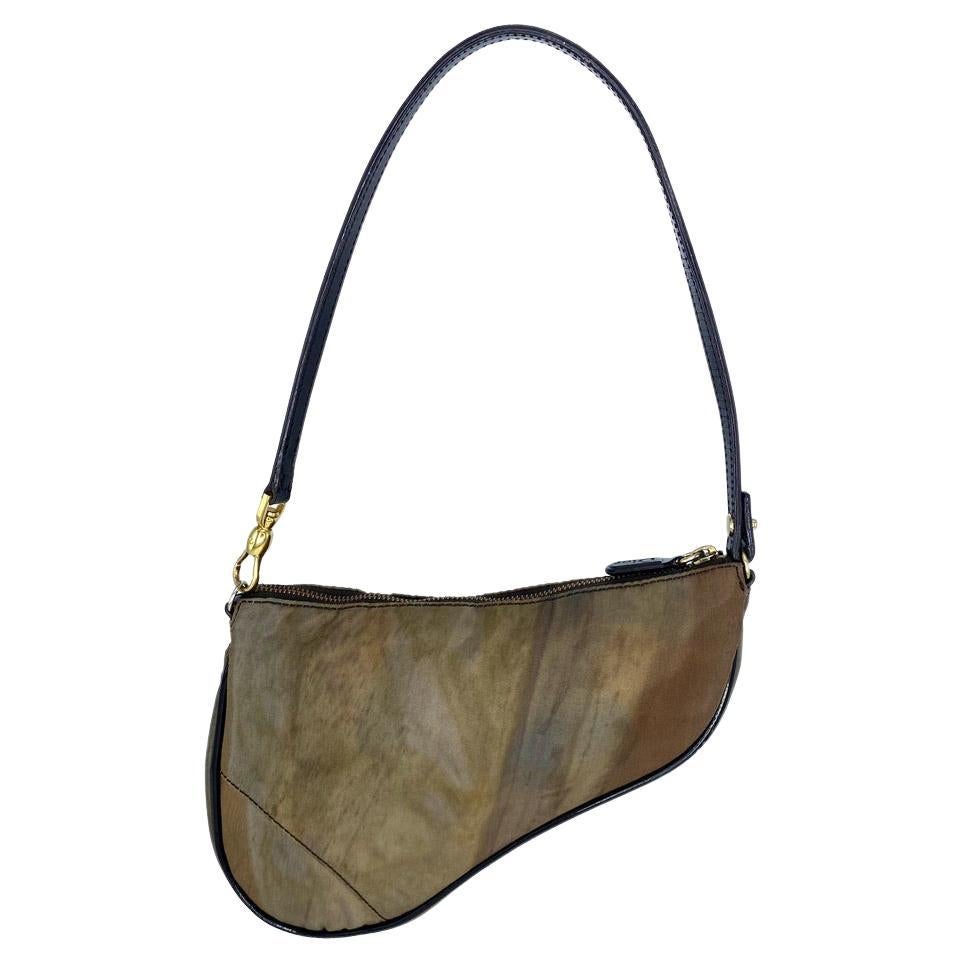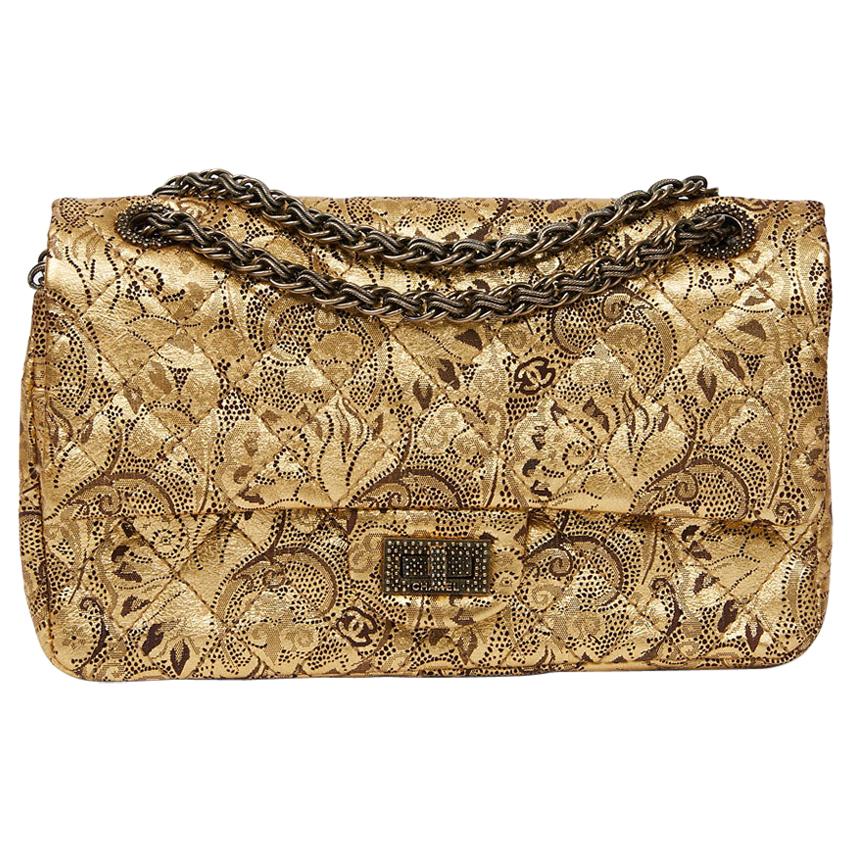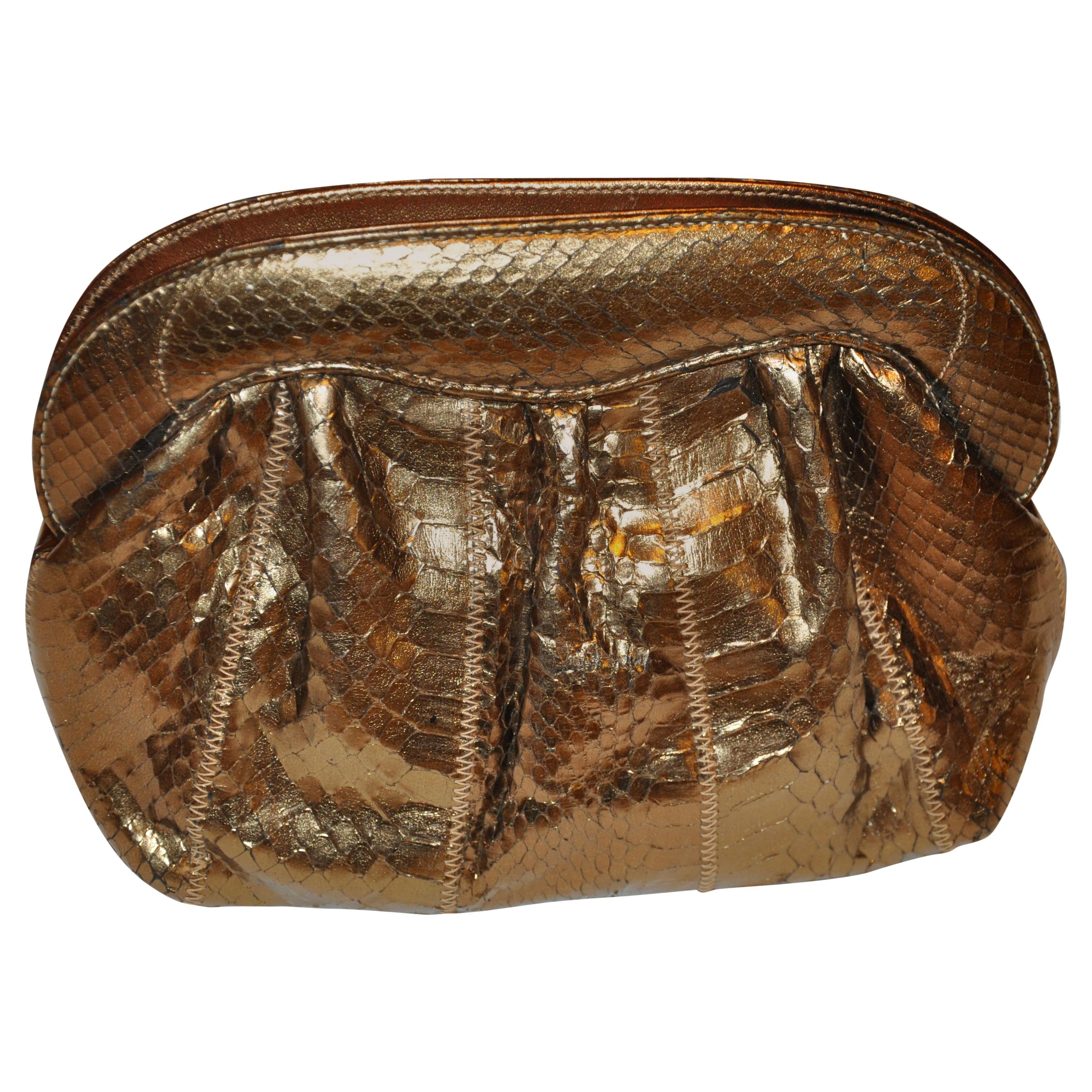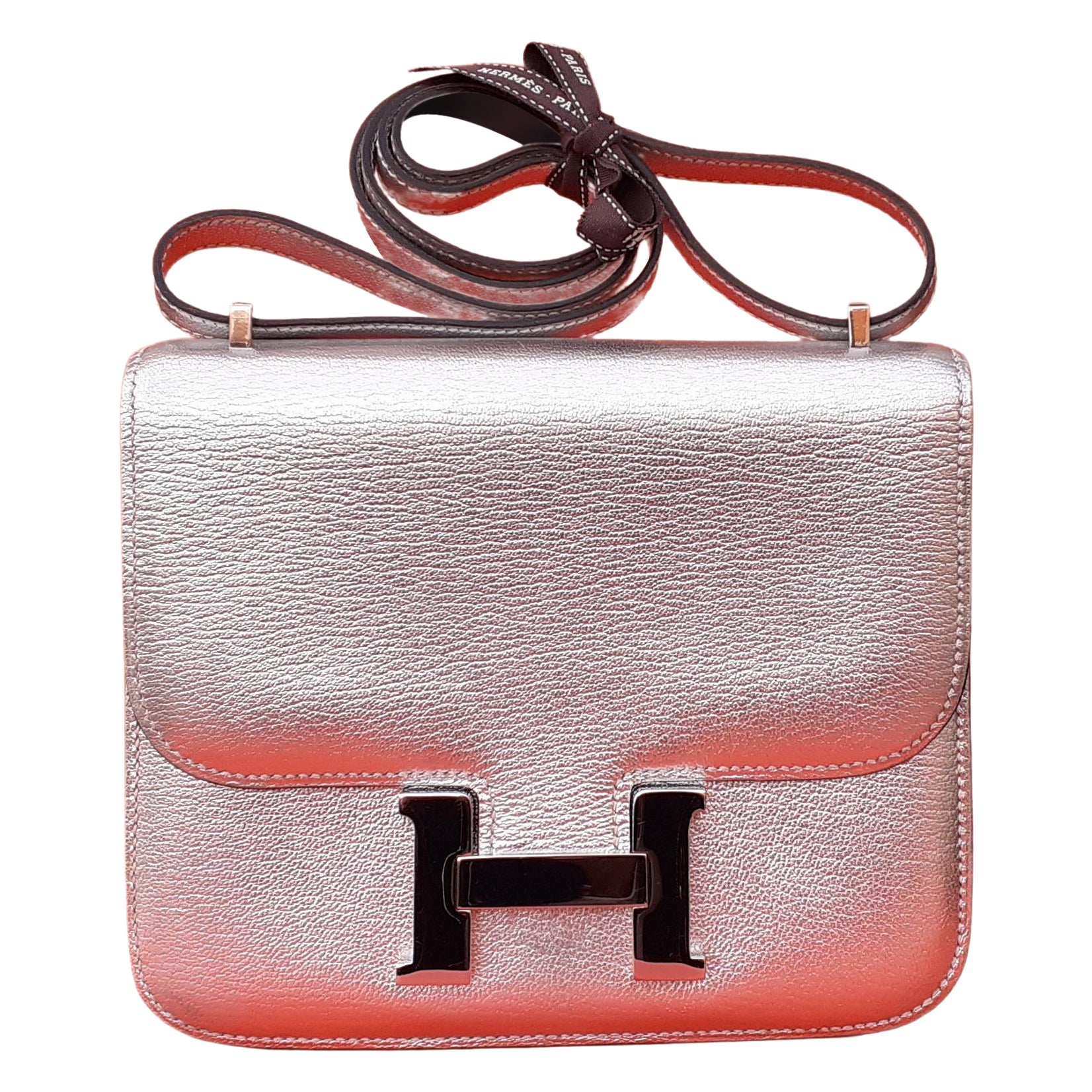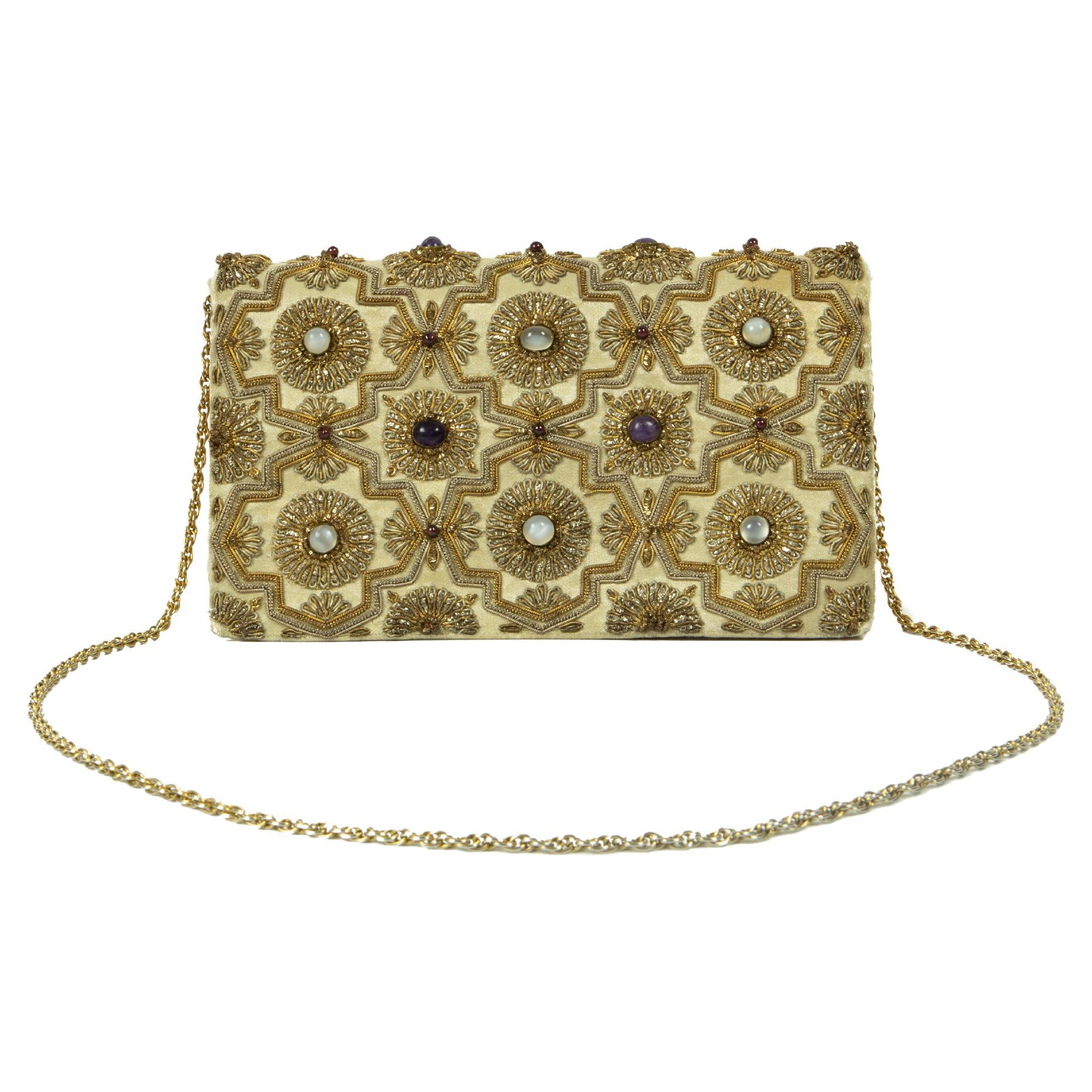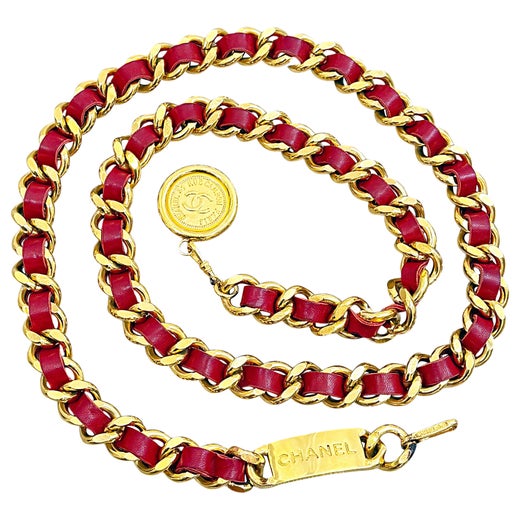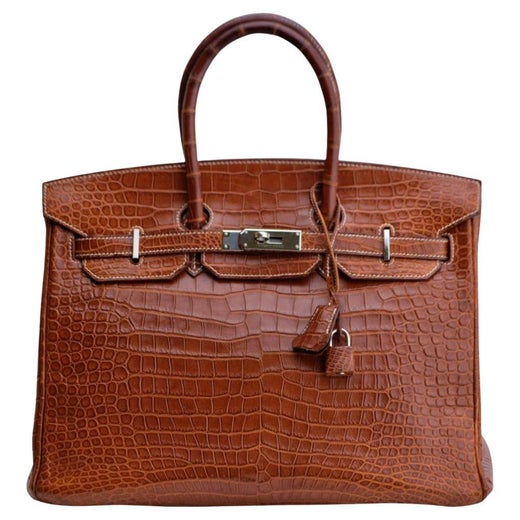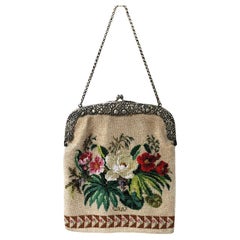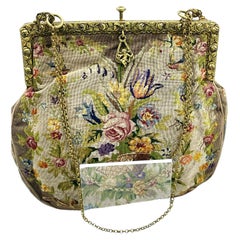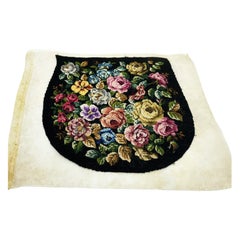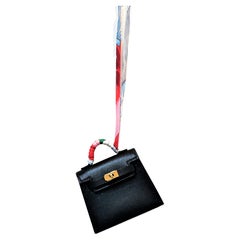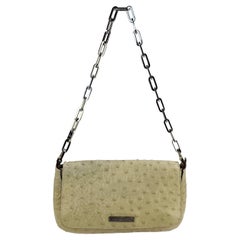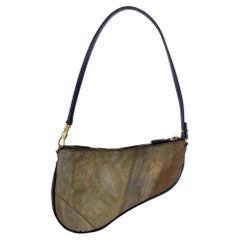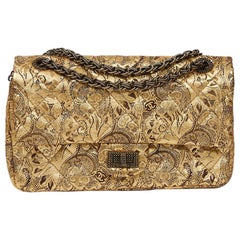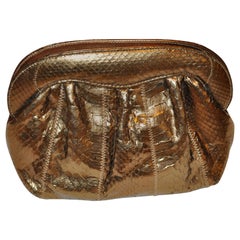HERMÉS KELLY 20cm bordeaux Calfskin Leather, gold hardware, small shoulder bag
About the Item
- Designer:
- Brand:
- Dimensions:Height: 5.7 in (14.48 cm)Width: 7.9 in (20.07 cm)Depth: 3.7 in (9.4 cm)Marked Size: inches (US)
- Style:Of the period (Of the Period)
- Place of Origin:
- Period:
- Condition:Wear consistent with age and use.
- Seller Location:Stuttgart, DE
- Reference Number:1stDibs: LU2045217295902
Karl Lagerfeld for Chanel
More than a mere tastemaker, Karl Lagerfeld devoted himself to the continual pursuit of chic. “My life and my job,” the designer once said, “is to forget myself.” From his first collection at Chanel — after joining the brand in the early 1980s — he injected the venerable house with a frisson of modernity. Vintage Karl Lagerfeld designs for Chanel handbags, evening dresses, coats, jewelry and other clothing and accessories riffed on its iconography — tweed skirt suits, pearls, camellias — accenting a lexicon of Chanel-isms with tastes of the moment.
During his five-decade career as a designer for Chanel, Fendi, Chloé and many others, Lagerfeld was a quintessential chameleon, ever evolving to embody the times. An outsize, instantly recognizable personality — his ponytail powdered like an 18th-century viscount, his eyes perpetually shielded by dark glasses, wearing fistfuls of chunky silver jewels — Lagerfeld was, above all, an avatar of style.
Born in Hamburg (in 1933, ’35, or ’38 by varying accounts), Karl Lagerfeld packed his bags for Paris in 1954. His design for a coat won him the International Wool Secretariat and landed him a job with the celebrated couturier Pierre Balmain.
Lagerfeld went on to become the designer of Jean Patou, eventually realizing that his seemingly endless ideas could fuel a career as a designer-for-hire. As such, he lent his vision to everyone from Loewe and Max Mara to Krizia and Charles Jourdan, nimbly moving among a diverse range of styles. It was an unprecedented way of working in the days when freelance was still a dirty word.
During the late ’60s and ’70s, Lagerfeld refashioned Chloé to reflect the free spirit of the day and, beginning in 1965, joined forces with the Fendi family, taking it from sleepy furrier to fashion’s haute-est stratum. Because of his track record for reviving and reimagining brands that had grown stagnant, in 1983 Lagerfeld was handed the reins at Chanel, which had been gathering dust since its founder’s heyday.
Lagerfeld’s collections for the brand displayed his knack for synthesizing old and new, high and low. From Watteau (Spring/Summer 1985 couture) and Serge Roche (Spring/Summer 1990 ready-to-wear) to hip-hop fly girls (Fall/Winter 1991 ready-to-wear), surfers (Spring/Summer 2003 ready-to-wear) and ancient Egypt (Pre-Fall 2019), he used each season’s inspiration to conceive Chanel’s signatures anew.
Lagerfeld revived the house's ballet flats and thoroughly embraced the classic logo's interlocking CCs, which became a common and immediately recognizable feature of Chanel flap bags. Many of the rare Chanel bags much sought after today — and Chanel bags of the 1990s, generally — are objects of pure fantasy conjured up by the late couturier.
Despite producing eight collections a year for Chanel, as well as four to five for Fendi, Lagerfeld never faltered in proposing new ideas each time he put pencil to paper.
Find vintage Karl Lagerfeld Chanel day dresses, jackets, shoes and more on 1stDibs.
Hermès
For Hermès, what began as a maker of leather equestrian goods for European noblemen would eventually grow into one of the most storied fashion labels in the world. In 1837, German-born French entrepreneur Thierry Hermès opened a saddle and harness purveyor in Paris. Gradually, the house extended into accessories and luggage for its riders, and today, in paying homage to its origins, the family-run luxury brand resurfaces horse motifs in everything from clothing and modernist jewelry to pillows and handbags.
The first top-handled bag ever produced by Hermès was the Haut à courroies, which made its debut in 1892. A tall bag secured with a folded leather flap (fastened with bridle-inspired straps), it was designed to transport riding boots and a harness.
As the world made the switch from horse to automobile, the bag adapted, becoming a multifunctional travel satchel instead of a designated saddlebag. Today, 120 years later, the HAC remains in Hermès’s line — and its distinctive flap and clasping straps have laid the groundwork for some of the house’s other iconic bags.
In the 1930s, Robert Dumas (son-in-law to Émile-Maurice Hermès, Thierry’s grandson) designed a smaller, trapezoidal take on the flap bag with a handle and two side straps. Later, actress Grace Kelly, then engaged to Prince Rainier of Monaco, is said to have used one of these bags to conceal her pregnancy during the 1950s. Because she was photographed constantly, the coverage catapulted her handbag to international popularity.
In 1977, Hermès officially renamed the model for her, and the Kelly bag was born. Each Kelly bag takes between 18 and 25 hours to produce, and its 680 hand stitches owe solely to one Hermès artisan.
Robert Dumas was also responsible for another one of the brand’s most iconic offerings: the launch of its first silk scarf on the occasion of Hermès’s 100th anniversary in 1937. Based on a woodblock designed by Dumas and printed on Chinese silk, the accessory was an immediate hit.
Today, vintage Hermès scarves, typically adorned in rich colors and elaborate patterns, serve many functions, just as they did back then. Well-heeled women wear it on their heads, around their necks and, in a genius piece of cross-promotion, tied to the straps of their Hermès bags. Kelly even once used one as a sling for her broken arm.
In 1981, Robert Dumas’s son Jean-Louis Dumas, then Hermès chairman, found himself sitting next to French actress and musician Jane Birkin on a plane, where she was complaining about finding a suitable carryall for the necessary accoutrements of motherhood. After the two travelers were properly introduced, Birkin helped design Jean-Louis’s most famous contribution to the Hermès canon: the Birkin bag, a roomy, square catchall with the HAC’s trademark leather flap top and the addition of a lock and key.
Owing to the brand’s legendary commitment to deft, handcrafted construction, the Birkin is an investment that is coveted by collectors everywhere.
While the Kelly and Birkin may be standouts, gracing the arms of everyone from royal heiresses to hip-hop stars in the past few decades, the handbags are but a small part of Hermès’s fashion offerings.
Since the 1920s, the brand has produced some of the most desirable leather goods in the world. There’s the Constance bag, a favorite of Jacqueline Kennedy, the recently relaunched 1970s-era Evelyne and, on the vintage market, a slew of designs dating back to the 1920s.
Good design never goes out of style. Find a variety of vintage Hermès handbags, day dresses, shoes and more on 1stDibs.
- ShippingRetrieving quote...Shipping from: Stuttgart, Germany
- Return Policy
More From This Seller
View All1850s German Evening Bags and Minaudières
Early 1900s European Evening Bags and Minaudières
1880s German Evening Bags and Minaudières
2010s French Wallets and Small Accessories
1980s French Evening Bags and Minaudières
1940s American Shoulder Bags
You May Also Like
Early 2000s Italian Evening Bags and Minaudières
Early 2000s Italian Evening Bags and Minaudières
Early 2000s French Shoulder Bags
1970s American Evening Bags and Minaudières
Early 2000s French Structured Shoulder Bags
20th Century Evening Bags and Minaudières
Recently Viewed
View AllRead More
How the Chanel Jacket Forever Changed What Women Wear
The classic tweed garment has been a wardrobe staple of chic women around the world since the 1950s.
Remembering Fashion Designer, Collector and Supreme Tastemaker Karl Lagerfeld
The creative force behind brands like Chanel, Fendi and Chloé was as exacting in his interiors as he was in his clothing designs.
